Moving during the holidays can be a stressful situation, but it also sets you up for a fresh start at the beginning of the new year. The key to successfully moving in the winter months is to plan ahead and prepare for the unexpected. Follow these 8 tips for a much smoother experience so you can still enjoy the Christmas season, even while getting ready for a major move.
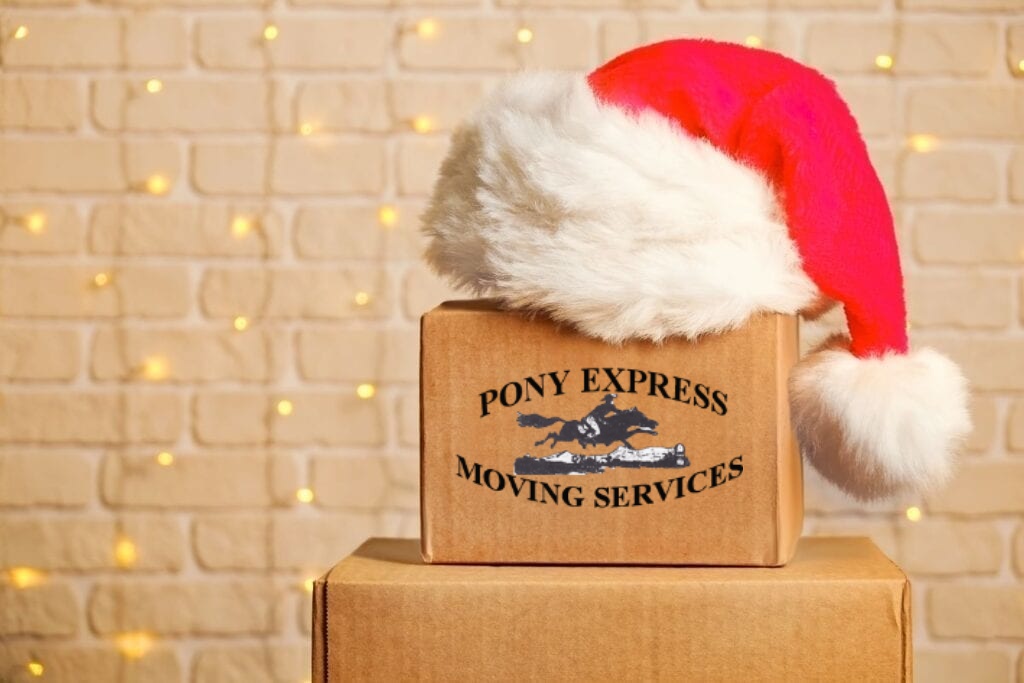 Tips for moving during the holidays
Tips for moving during the holidays
Explore our best moving in winter tips for a stress-free holiday.
Plan your calendar early
Moving in the winter months eats up a lot of time during a period that is already extraordinarily busy. Look at your calendar well in advance and mark off dates of things you can’t change, like the end of your lease or your kids’ exam schedules. Then block off time for other, less essential commitments, like social events.
Take your time packing
Give yourself plenty of time to pack, especially if you’re moving during Christmas. A move takes up a lot of time anyway, and you’re likely to be slowed down by other obligations, not to mention fun things that you want to do. As you work on your calendar, consistently schedule time to pack so the days don’t slip away, leaving you knee-deep in moving boxes when you’d rather be celebrating.
Remember daylight savings
Each day gets darker and darker leading up to the winter solstice, which usually occurs a few days before Christmas. Even more disrupting is Daylight Savings, which causes the time to fall back one hour in early November. That means the darker evenings are accelerated, which can make moving in the winter months more difficult. Get an idea of your area’s usual sunset time so you know how much daylight you have to work with so you can avoid loading in the dark.
Create multiple budgets
A move at any time of year is costly, but your wallet may be stretched even further when moving during the holidays. A local move averages around $750 for a one-bedroom apartment and you can expect those expenses to increase if you have a larger family. Plus, you’ve got Christmas expenses to think about as well. Create two separate budgets for both holiday spending and moving to make sure you’re not caught by surprise during the winter moving process.
Save holiday delivery boxes
One of our best moving in winter tips is to set aside all of your delivery boxes to use for packing. You’re likely ordering more things online than usual this time of year. Saving those leftover boxes instead of chucking them can help keep your budget in check. Ask your friends and family to keep theirs for you to use as well.
Donate to those in need
Moving is always a good time to purge items you don’t need anymore. And moving during the holidays is perhaps the best time to donate your unwanted possessions to your local charity thrift store. You’ll not only lighten your own load during your move, but you’ll also help families in need.
Schedule utility activation
A night without heat will not be comfortable when moving in the winter months. It’s more important than any other time of year to promptly schedule your utilities to be turned on. That way you don’t have to worry about an unheated home after you’ve been moving.
Prepare for inclement weather
Winter weather can be unpredictable, even a day before you’re scheduled to move. Prepare for the worst by covering things like mattresses and sofas in case the weather takes a turn. A snowstorm doesn’t seem as scenic when you’re moving during the holidays so think ahead on how to keep your belongings safe no matter what the weather is doing.
Pros of moving during the holiday season
1. Access off-season discounts
Most movers have a busy season (late summer, usually) and an off-season. If you can get out of your lease in mid-December, you’re probably not going to face a lot of competition when it comes to finding a moving truck. In fact, the movers may be thrilled to have the business.
From hiring movers to renting storage facilities, moving during the holidays means you can usually take advantage of lower rates. Your truck will cost less, allowing you to add on extra services like packing assistance. Alternatively, you could use some of the money saved to outfit your new home with new furniture and decor!
2. Avoid family drama
People generally understand that the logistics of a move become all-consuming for a few weeks, so you have the perfect excuse for getting out of boring parties or dreadful dinners at your disposal. If there are family events that you simply can’t stand to attend, schedule a furniture delivery or get to bubble wrapping. Some traditions are meant to be broken.
But seriously, if traveling during the holidays gets you down, the excitement and positive stress of a local move could actually make your holiday season much more delightful this year.
3. Be prepared for the new year
Maybe you went through a divorce this year, or you’re about to quit that job you hate. Or maybe your resolution for the next year is to get healthy and stop spending too much money on the fast food from around the corner. No matter what plans you have for the following year, having a different address is a good place to start. Moving in the winter months may usher in a new chapter in your life, and you’ll be happy to be settled into a different place when the fresh calendar year arrives.
Cons of moving during the holiday season
While there are benefits to moving during the holidays, there are some downsides to consider as well.
1. Holiday moves may add stress
For many people, the holiday season brings up a lot of stress. Add to that a major life event like a move (and any other life changes that may be causing you to move), and you can really start to feel the strain of your responsibilities. Avoid getting burned out by managing your time well and asking for help when you need it.
2. Weather may cause delays
There’s simply no way to control every detail of your move. Unfortunately, weather is one of those variables that simply acts on its own schedule. Do your best to remain flexible to accommodate any delays caused by wintry weather. Also try not to move until the last minute so that you do have some breathing room in case you have to push back your moving day.
3. Extra spending could tighten budget
Another downside to moving during the holidays is that you’re adding a major expense to a time of year when you may already have a lot of extra costs to manage. Do your best to start saving money well in advance of your move (and the holidays). Also look at ways you could cut back on your holiday spending in order to get professional help with your move so you can reduce your own stress levels.
The bottom line
Budget your time and your money early on in the process when moving during the holidays. Also take time for some self-care so that you’re ready to handle any unexpected surprises that may come your way.

 Larger Homes & Yards vs. More Maintenance
Larger Homes & Yards vs. More Maintenance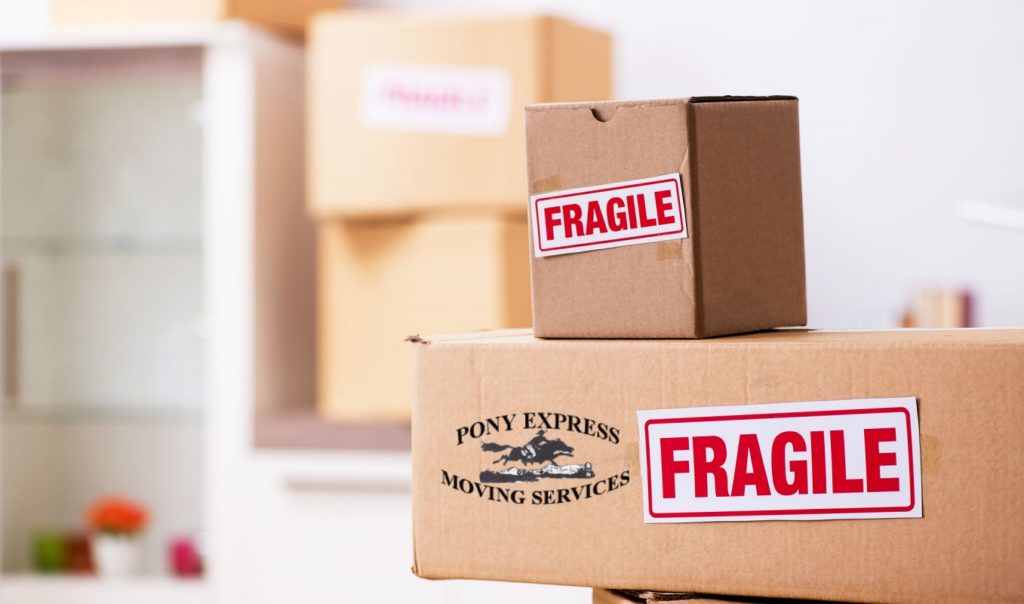
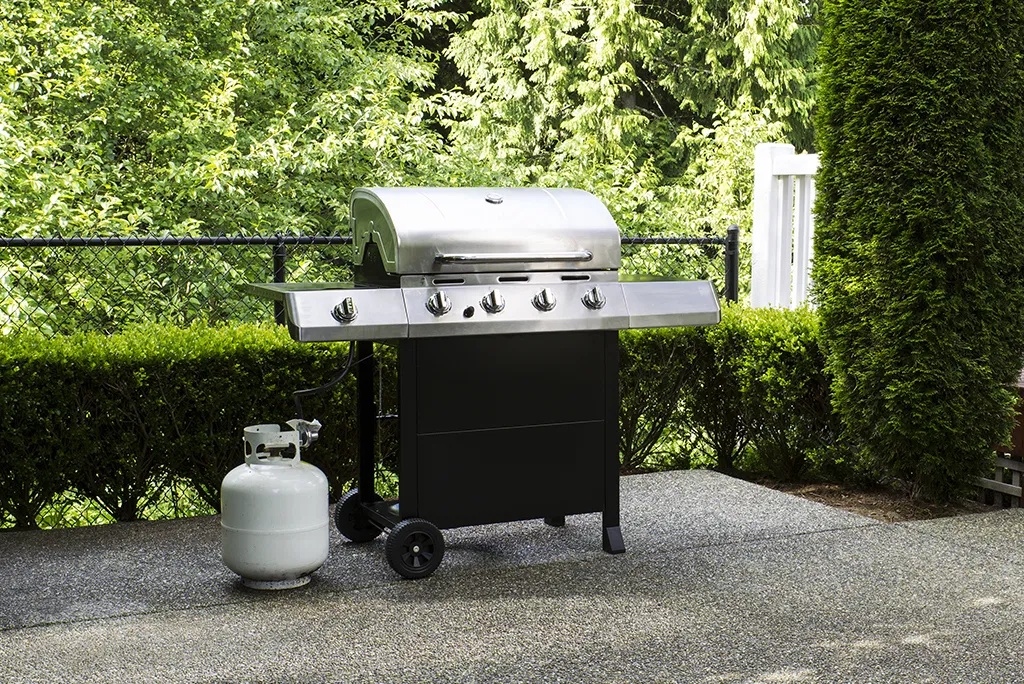
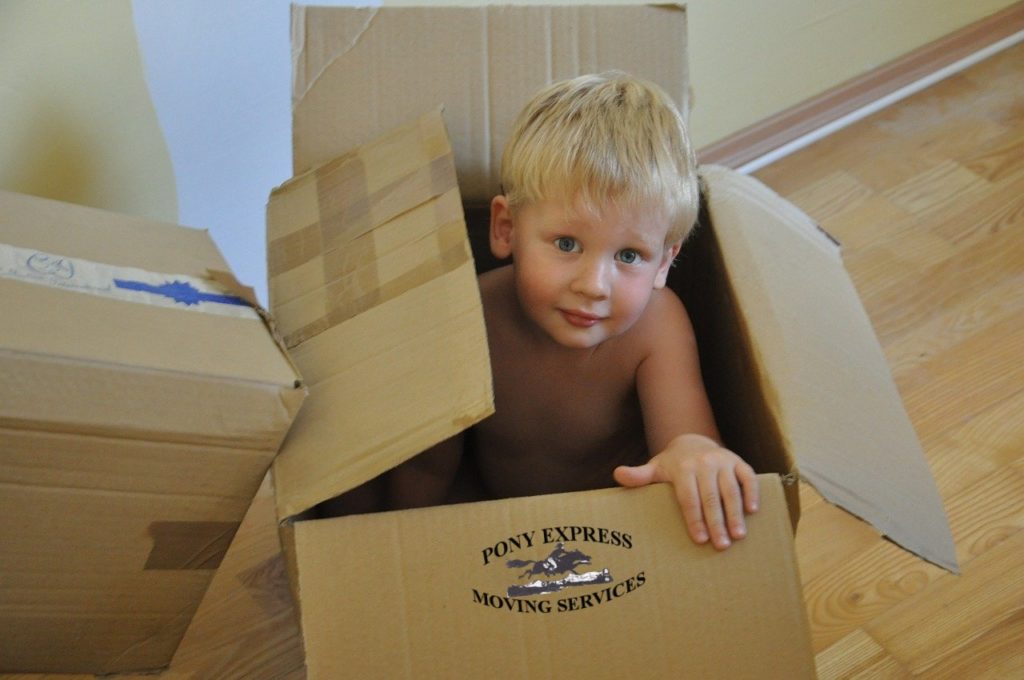 Yes, money and time are important, but you should never forget that your health and the health of your family members, including your lovely pets, is your number one priority.
Yes, money and time are important, but you should never forget that your health and the health of your family members, including your lovely pets, is your number one priority.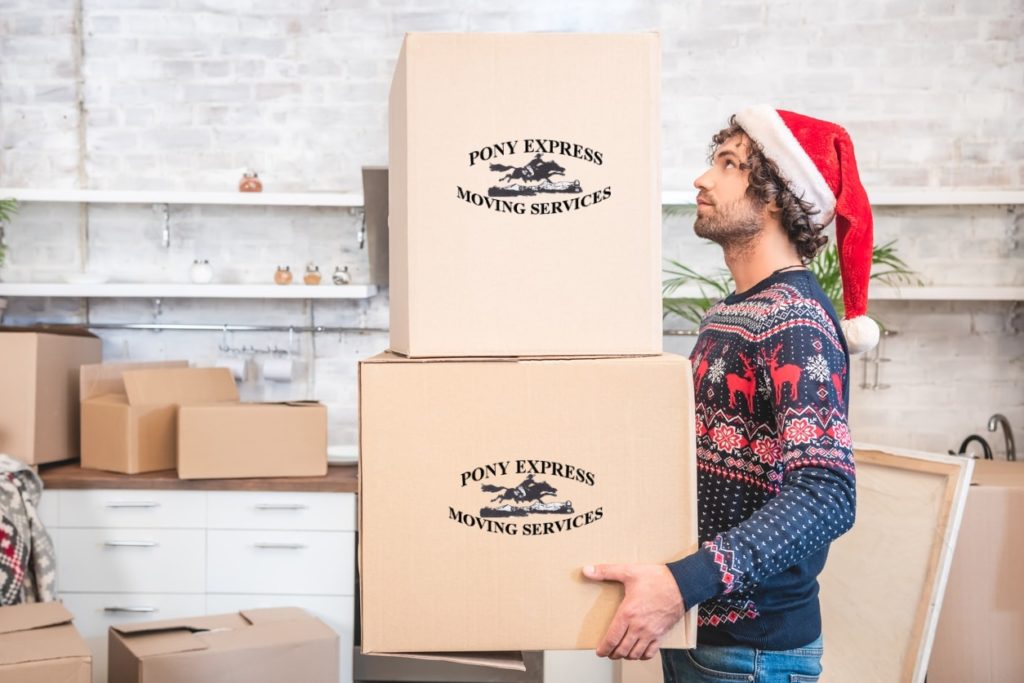 Moving during the “most wonderful time of the year” is anything but wonderful. At a time when people look forward to cozying up at home, the last thing most of us want to do is pack boxes, clean, and wrangle odds and ends.
Moving during the “most wonderful time of the year” is anything but wonderful. At a time when people look forward to cozying up at home, the last thing most of us want to do is pack boxes, clean, and wrangle odds and ends.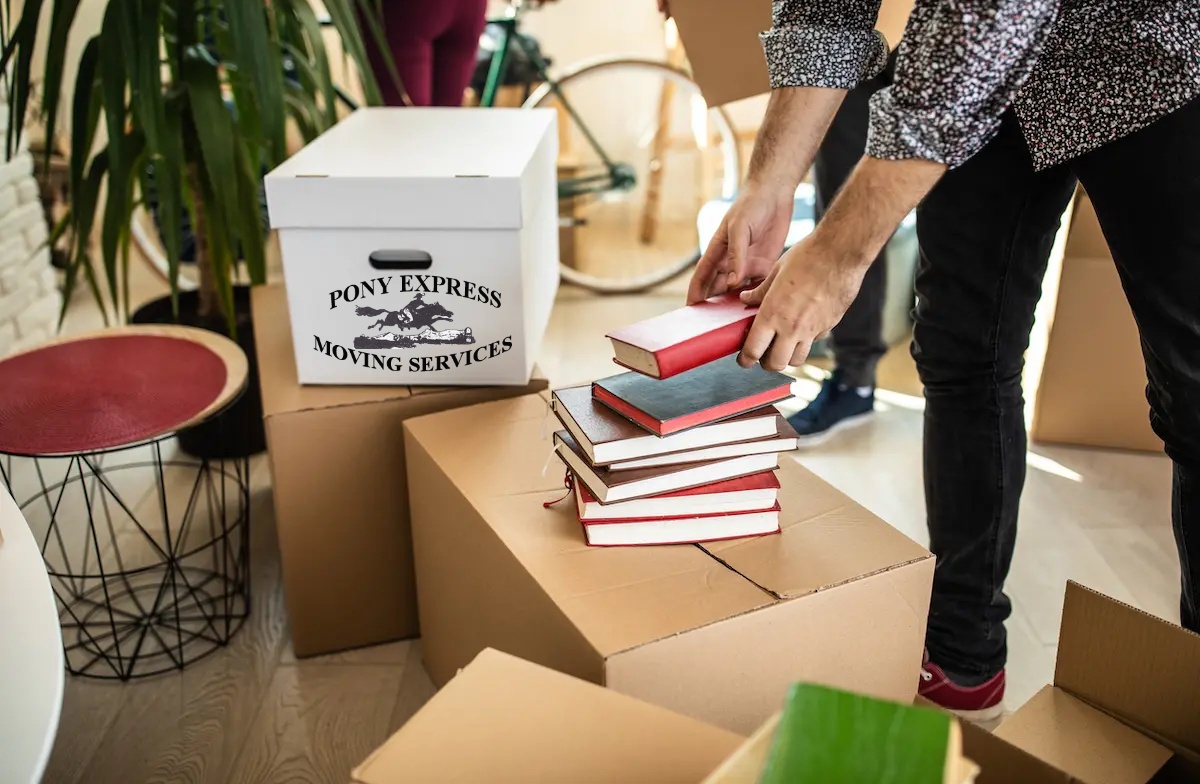 There are a few predicaments all book lovers can relate to.
There are a few predicaments all book lovers can relate to.



